Experience: I played the trumpet for 25 hours straight
I couldn’t repeat a song, and improvisation wasn’t allowed. I needed a very long set list.
The first time I picked up the trumpet was 15 years ago. Before that, I had tried the drums and the clarinet. They didn’t quite stick. But when I blew my first note on the trumpet, it resonated with me in a way nothing else had. From that moment, I knew: this was my instrument.
Since then, I’ve dedicated myself to music. I now teach students at the American International School of Abuja, Nigeria, and share my love for the trumpet with others. I’ve seen first-hand how little recognition musicians and musicologists receive. Music demands so much time, discipline, money, and years of study – yet it is so undervalued. I’d like to change that.
Continue reading...
© Photograph: Etinosa Yvonne/The Guardian
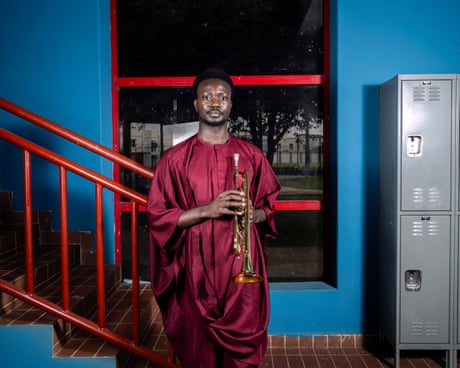
© Photograph: Etinosa Yvonne/The Guardian
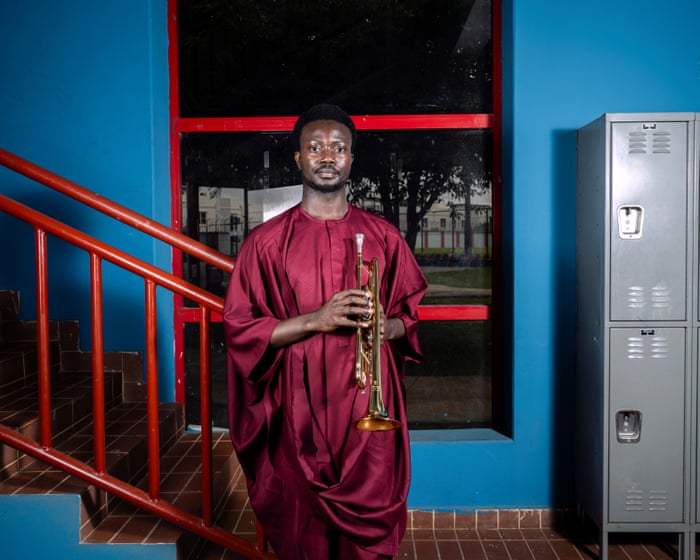
© Photograph: Etinosa Yvonne/The Guardian
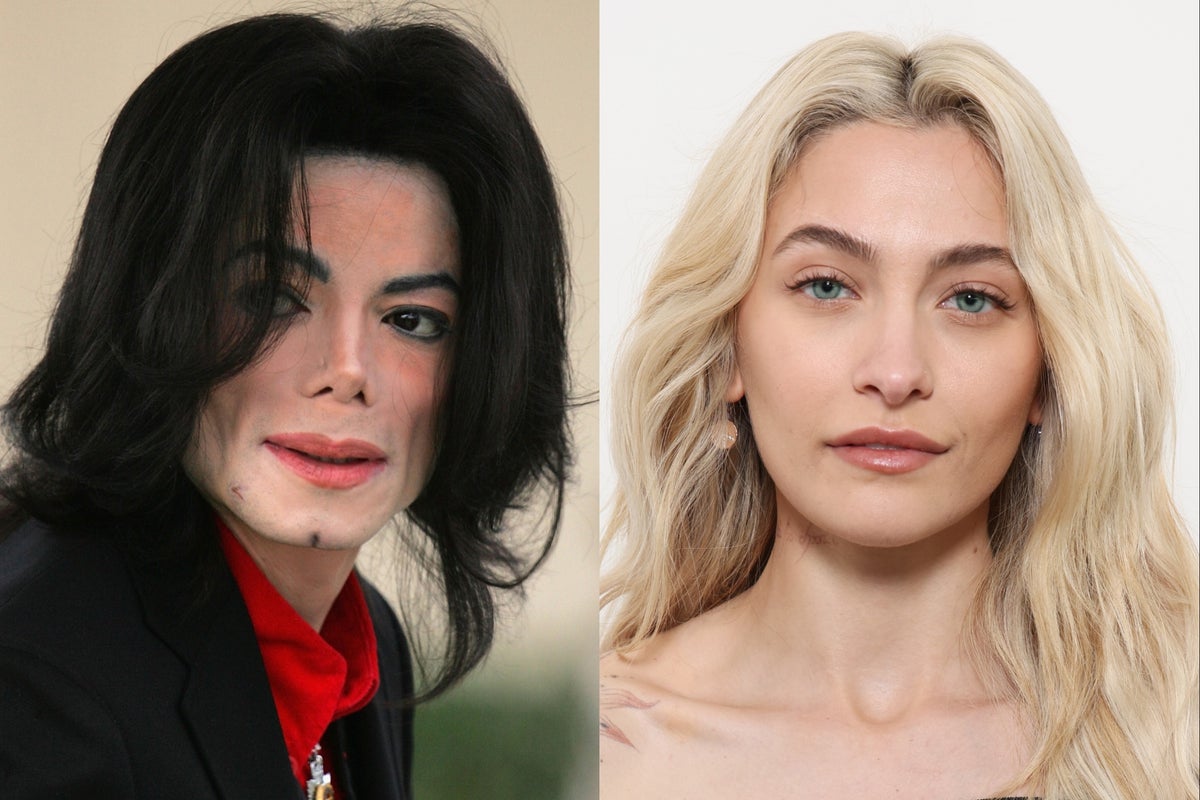




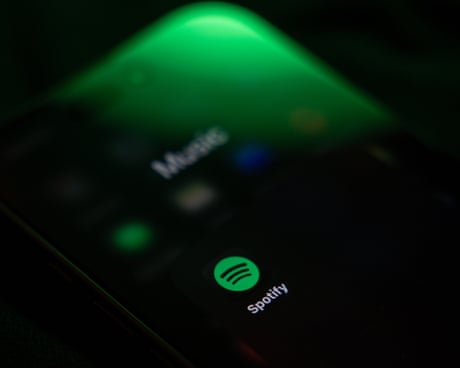
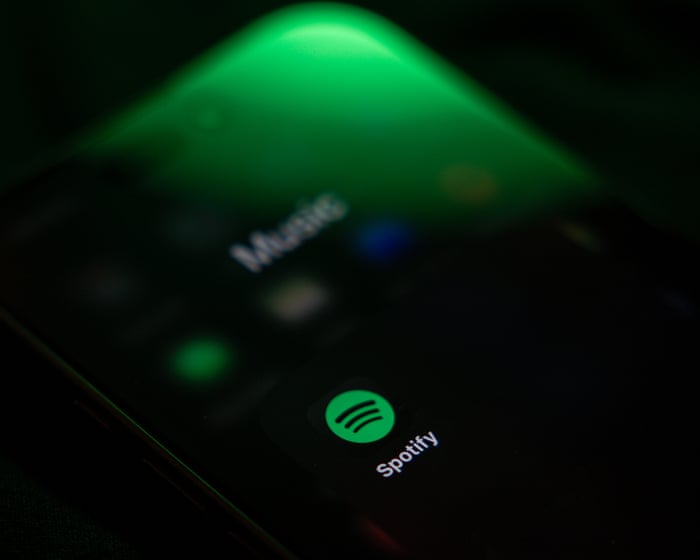

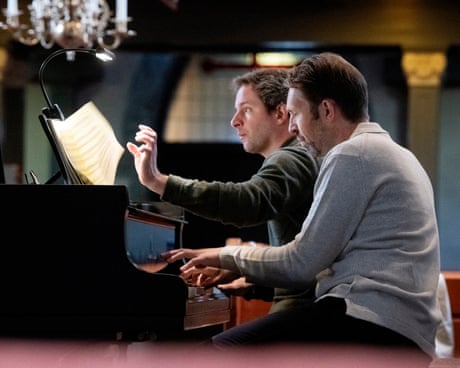
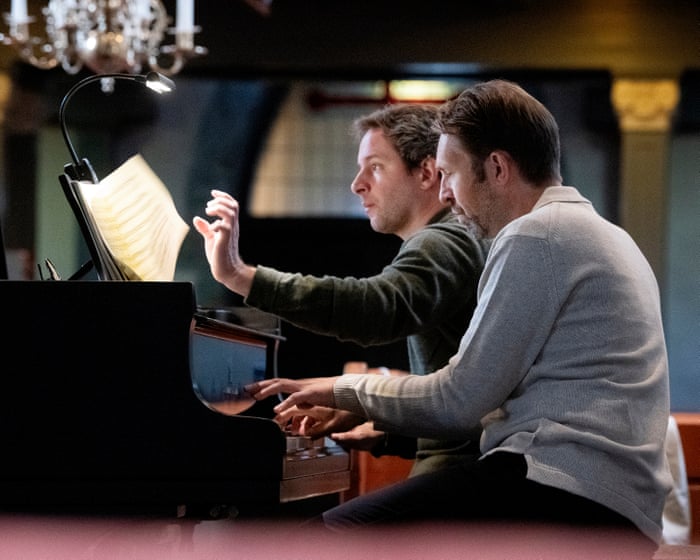




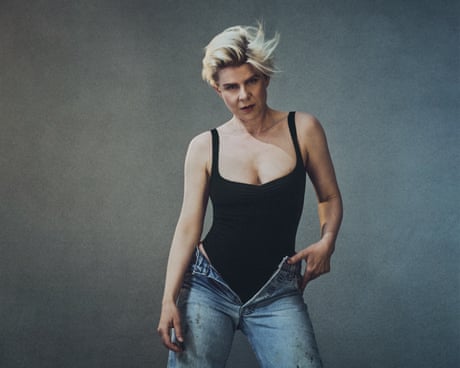

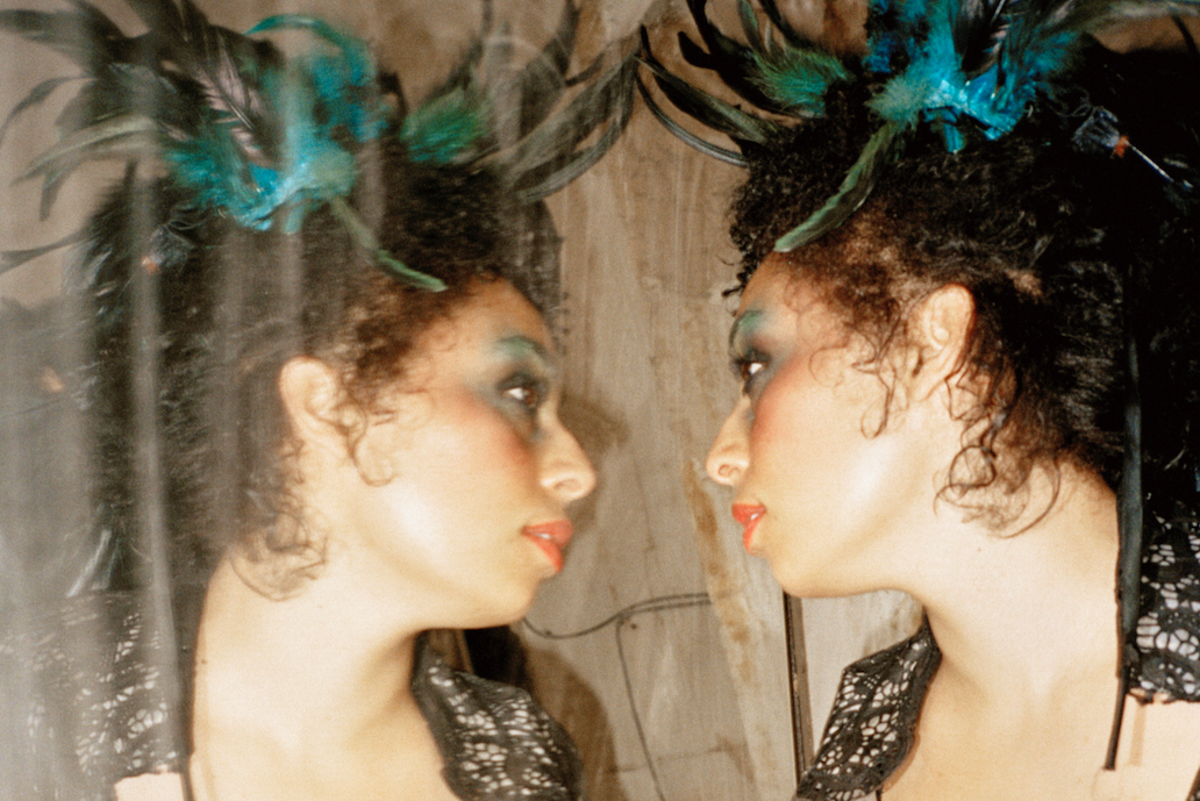






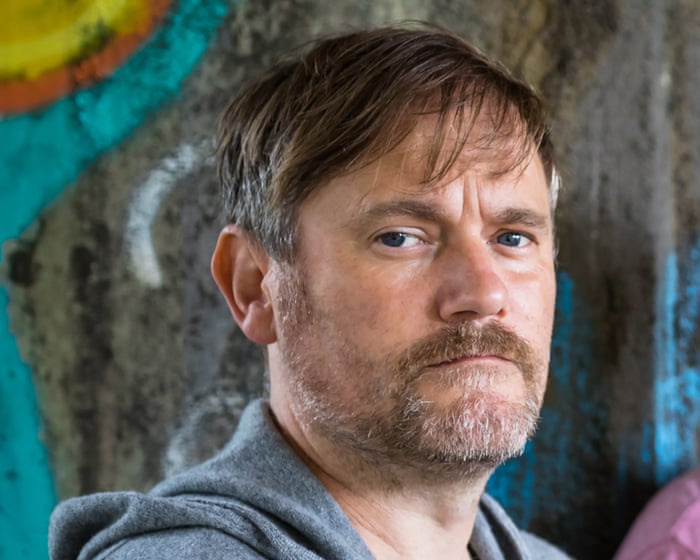


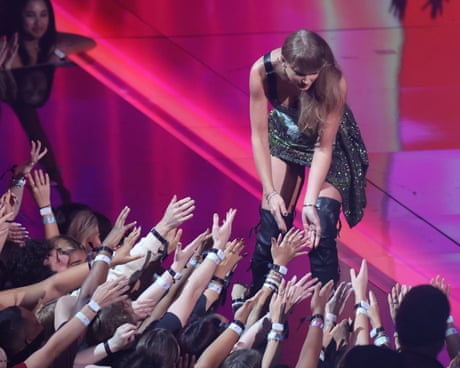
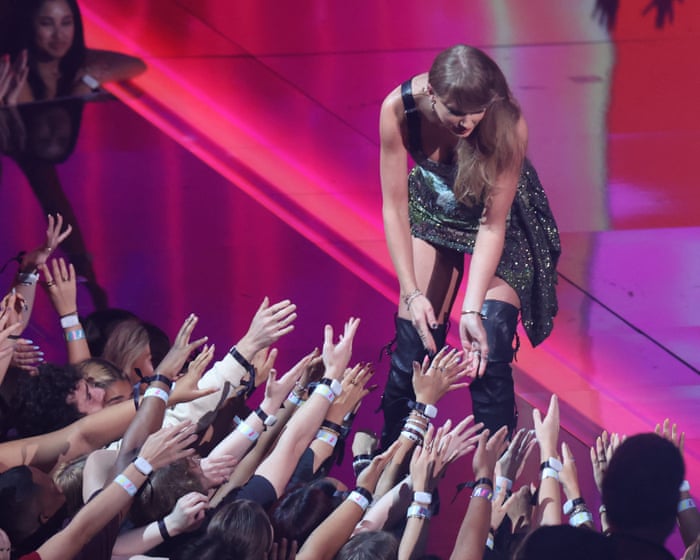





.jpg?width=1200&auto=webp&crop=3%3A2)


